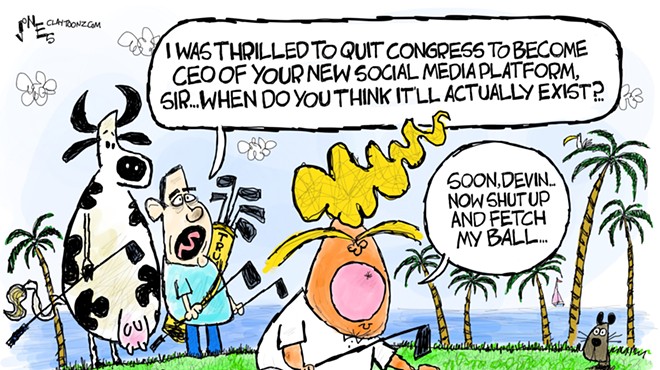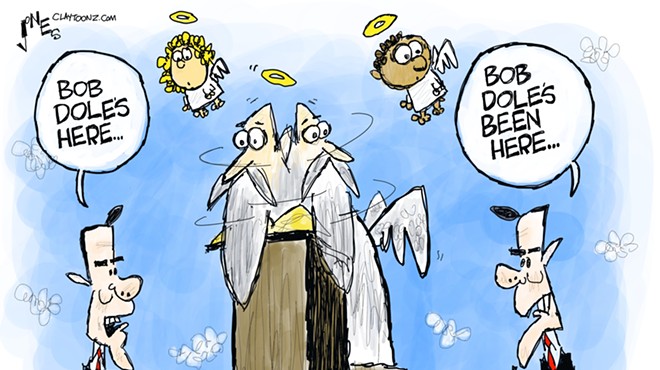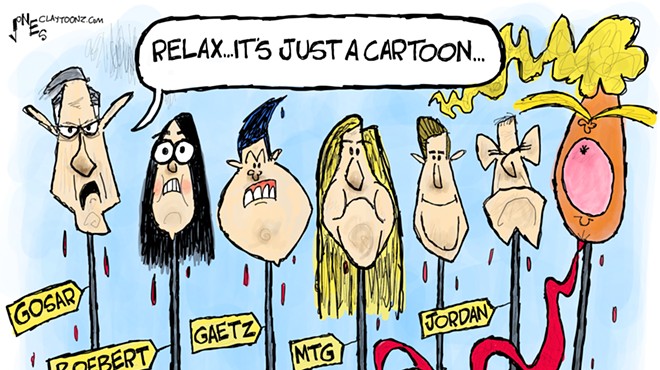Monday, July 21, 2014
Another Welfare Story Worth Reading
Darlena Cunha's recent article in the Washington Post, "This is What Happened When I Drove My Mercedes to Pick Up Food Stamps," got a lot of love and attention:
Sara Bareilles played softly through the surround-sound speakers of my husband’s 2003 Mercedes Kompressor as I sat idling at a light. I’d never been to this church before, but I could see it from where I was, across from an old park, abandoned in the chilly September air. The clouds hung low as I pulled the sleek, pewter machine into the lot. But I wasn’t going to pray or attend services. I was picking up food stamps.Even then, I couldn’t quite believe it. This wasn’t supposed to happen to people like me.
But freelance journalist Rae Gomes, co-editor of The Nation's "Ten Things" column, wrote a piece in response that's also worth a look. Honest and true. Here's an excerpt from "This Is What Happened When I Took the MTA Bus to Pick Up Food Stamps" in The American Prospect:
It took me four months, but my version of a Mercedes—resourcefulness, education and networking—got me out of the welfare office. But here’s where the personal stops being the universally-applicable political. Both Cunha and I are exceptions to a history and a system designed for entrapment and failure. The trouble with applying her story—or even mine—writ large to an entire diverse group of women is more insidiously judgmental than her conclusion about value judgment would allow. You see, she felt judged when she showed up at a food stamp facility in her fancy car, and seems to equate that with the reproach that is visited upon those who live lives of seemingly intractable poverty, including poor black women.The “new poor,” by which she meant people like herself, she explained in the video accompanying the article, should be immune from the judgment of those “who never had anything.” While she makes attempts to reconcile her experience with a one-size-fits-all lesson of “just don’t judge anyone,” she ignores the decades of a campaign aimed at shaping the way we see welfare and food stamp recipients, especially those who are black. Workers in the welfare offices, policy makers, and the general public have all absorbed the message.
The mythic vision of a black woman driving her Cadillac to the welfare office is a powerful piece of American lore and has a much different connotation than Cunha in her Mercedes. While Cunha and her status symbol may have drawn some sidelong glances, she was never accused of gaming the system, or of using government funds for material wealth. Her fancy car came from a past life of relative luxury, and she looked the part.
Tags: Darlena Cunha , Washington Post , Rae Gomes , American Prospect , welfare stories











